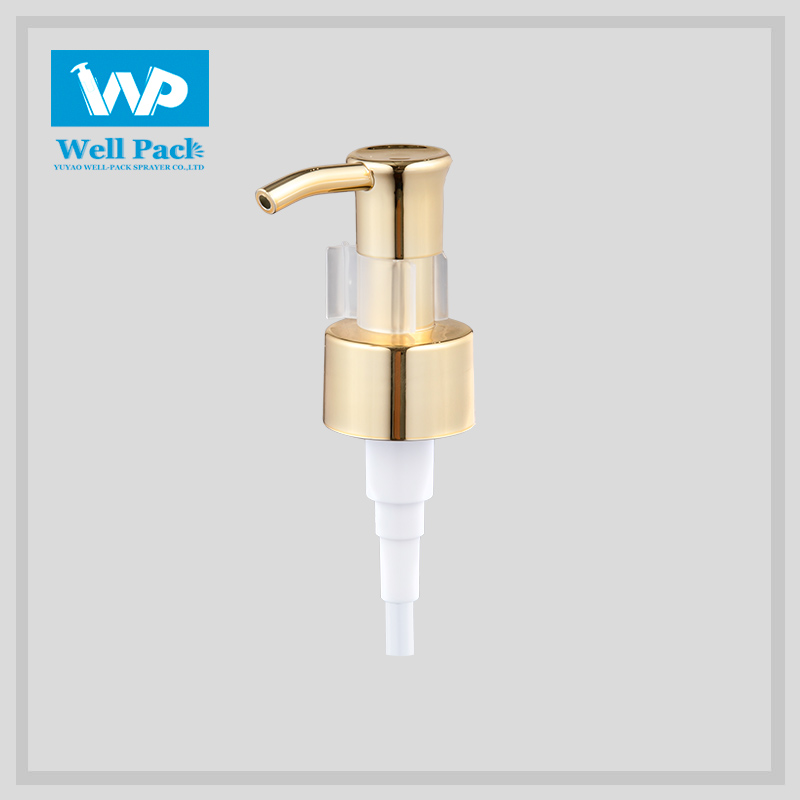Different types of pumps should have the following eight functional structures to achieve normal operation:
1. Discharge channel
Generally, the parts that make up the channel are pressure head and spray eyes, and the foam pump will be equipped with a filter tube. The material in the container reaches the passage through the outside of the container through the action of the pump core. This part will determine the discharge status of the material, whether it is misty, liquid or foamy.
2. Power arrangement
The piston needs to reciprocate in the cylinder under the action of force. The power source of the downward stroke is applied by the user outside, so that the upper pressure rod drives the piston to overcome the spring force and the friction force between the piston and the cylinder to move downwards. When the user releases the external force, the piston moves in the opposite direction under the action of the spring force. The main parts constituting the arrangement are the upper pressure rod and the spring, which must be attached to the structure with the air cylinder and other parts as the base body to be effective.
3. Pump material system
The general components are cylinder, piston, ball valve, connecting rod and plug sleeve (lock cover). Under the action of force, the piston reciprocates in the cylinder. The valve structure at the front and back of the pump body will open and close in sequence. The material in the container will enter the pump body through the suction channel under the action of the pressure difference. And the process of reaching the outside of the container through the discharge channel is the cooperation of multiple parts to complete the system action. The parts that make up the system are generally cylinders, pistons, valves, connecting rods, plug sleeves, and a cooperative composition of power arrangements.
4. Suction channel
The material in the container passes through the passage before entering the cylinder through the action of the pump core.
The parts that make up the passage are generally suction pipes connected to the end of the cylinder. For vacuum pumps, there is no suction pipe. The large piston in the container continues to rise or the soft container is shortened to ensure that the material body continues to contact the cylinder tail hole.
 5. Connecting parts
5. Connecting partsThe parts that make the pump and the container make useful connections. The general components include screw caps, card caps, and are equipped with compression pieces to ensure air tightness.
6. Anti-opening structureRegarding the prevention of unexpected opening
In order to prevent the material from being spit out due to unexpected pressing of the pump head during packaging, transfer, and transportation before the material is transported to the customer for use, it is necessary to protect the pump head from opening. In fact, the commonly used structures for this function are: cover (cover) protection, clip (buckle) protection, thread protection, directional opening protection, and other anti-pressure protection structures.
7. Convection channelThe material is continuously discharged from the container to the outside. The volume occupied by the discharged material must be compensated by continuous air inflow to ensure that the pressure is constant, so that the pump head can continue to work.
8. Subordinate accessoriesPlay a decorative role, and some of them also serve as structural parts. Commonly used structures are: indenter aluminum sleeve, indenter plastic sleeve, screw cap aluminum sleeve, screw cap plastic sleeve and so on.

